Home>Garden Essentials>How To Grow A Tree From A Seed


Garden Essentials
How To Grow A Tree From A Seed
Modified: March 15, 2024
Learn how to grow a tree from a seed in your garden. Discover step-by-step instructions and expert tips for successful tree cultivation.
(Many of the links in this article redirect to a specific reviewed product. Your purchase of these products through affiliate links helps to generate commission for Storables.com, at no extra cost. Learn more)
The Introduction is wrapped with
tags and the content is wrapped with
tags as follows:
Introduction
When it comes to gardening, few things are as rewarding as growing a tree from a seed. Watching a tiny, fragile seedling transform into a majestic, towering tree is a truly awe-inspiring experience. Not only does it provide a sense of accomplishment, but it also brings nature’s beauty and benefits right into your own backyard.
However, growing a tree from a seed requires time, patience, and proper care. It’s important to choose the right tree species, prepare and plant the seed correctly, and provide the necessary care to ensure its healthy growth. In this article, we will walk you through the process of growing a tree from a seed, providing you with all the information and tips you need to succeed.
Before we delve into the details, let’s take a moment to appreciate the significance of growing trees. Trees play a vital role in our ecosystem, providing oxygen, mitigating air pollution, conserving water, and fostering biodiversity. They also offer shade, cool the environment, and improve soil quality. By growing trees from seeds, you are not only beautifying your surroundings but also contributing to a greener and healthier planet.
So, whether you’re a seasoned gardener looking for a new project or a beginner eager to learn, let’s dig in and discover how to grow a tree from a seed!
The subtitle for this section should be “Choosing the Right Tree Species” and it will be wrapped with
Key Takeaways:
- Choose the right tree species based on your climate, soil, and personal preferences to ensure successful growth and a thriving garden.
- Provide proper care, including watering, fertilizing, and monitoring for pests and diseases, to support your tree’s healthy development and long-term vitality.
Read more: How To Grow Tree From Seed
tags. The content will be wrapped with
tags as follows:
Read more: How To Grow Tree From Seed
Choosing the Right Tree Species
Before you begin the process of growing a tree from a seed, it’s important to choose the right tree species. Factors such as your climate, soil type, available space, and personal preferences will all play a role in determining the best tree species for your garden.
First and foremost, consider your climate. Different tree species have varying temperature, humidity, and sunlight requirements. Some trees thrive in warmer climates, while others are more suited to cooler regions. Research the hardiness zone of your area to identify tree species that are well-suited to your local climate. This will increase the chances of success and ensure that your tree can withstand the environmental conditions it will face.
Secondly, evaluate your soil type. Some trees prefer well-drained soil, while others can tolerate clay or sandy soils. Conduct a soil test to determine the pH level, nutrient content, and fertility of your soil. This will help you select tree species that are compatible with your soil conditions, or you can amend the soil accordingly to create a suitable environment for your chosen tree species.
Consider the available space in your garden as well. Some trees have a compact growth habit and are suitable for smaller gardens, while others can grow to be quite large and require ample space. Be sure to check the mature height and spread of the tree species you’re interested in and ensure that it will fit within the available space without overcrowding other plants or structures.
Lastly, take your personal preferences into account. Do you prefer deciduous trees that provide shade in the summer and let in sunlight during the winter? Or perhaps you’re more drawn to evergreen trees that maintain their foliage year-round? Consider the aesthetics, purpose, and benefits of the tree species you’re considering to align with your preferences and goals.
By carefully considering these factors, you can choose the right tree species that will thrive in your specific growing conditions and meet your gardening objectives. Remember, selecting the right tree species is the foundation for successful tree growth and establishment.
The subtitle for this section should be “Preparing the Seed” and it will be wrapped with
tags. The content will be wrapped with
tags as follows:
Preparing the Seed
Once you have chosen the right tree species, the next step is to prepare the seed for planting. Properly preparing the seed will increase its chances of germination and ensure the growth of a healthy seedling.
Start by collecting the seeds from a reputable source or from mature trees in your area that exhibit desirable characteristics. Look for seeds that are mature, fully developed, and free from any signs of disease or damage.
Before planting, some tree species require special treatments to promote germination. This process is known as seed stratification. Stratification simulates the natural conditions seeds would undergo during the winter, which helps to break dormancy and trigger germination in the spring. Stratification can be achieved by different methods, such as cold stratification or moist stratification, depending on the tree species.
To cold stratify the seeds, place them in a plastic bag with a moistened medium such as sand, vermiculite, or peat moss. Seal the bag and refrigerate it for a specific period, which can range from a few weeks to several months, depending on the tree species. This allows the seeds to undergo the necessary period of cold and moist conditions to initiate germination.
For moist stratification, you can soak the seeds in water for a specific period, usually 24 hours, to imitate the passage through the digestive system of animals or the moist conditions they would experience in nature.
After the stratification period is complete, remove the seeds from the bag or water and allow them to dry slightly before planting. Be careful not to let the seeds dry out completely, as this could hinder germination.
In addition to stratification, scarification may also be necessary for some tree species. Scarification is the process of intentionally damaging the seed coat to aid germination. This can be done by gently scratching, nicking, or filing the seed coat, creating small openings that allow moisture to penetrate and promote germination.
By properly preparing the seeds through stratification and scarification when necessary, you are setting the stage for successful germination and the growth of healthy tree seedlings. Remember to follow the specific requirements of the tree species you are working with, as each species may have different needs in terms of both stratification and scarification.
The subtitle for this section should be “Planting the Seed” and it will be wrapped with
tags. The content will be wrapped with
tags as follows:
Planting the Seed
Now that you have prepared the seed, it’s time to plant it and provide the optimal conditions for germination and growth.
Choose a suitable location in your garden for planting the seed. Ensure that the soil is well-drained and loosened. Clear away any weeds or debris from the selected area to give the seed the best chance of success.
Dig a hole in the soil that is slightly larger and deeper than the size of the seed. Depending on the tree species, the general rule of thumb is to plant the seed at a depth that is equal to two to three times its diameter. This will allow enough space for the seedling to emerge and establish its roots.
Place the seed into the hole with the pointed end facing upwards, if applicable. Gently cover the seed with soil, ensuring that it is evenly covered without being too compacted. Lightly press down on the soil to secure the seed in place.
Water the area thoroughly after planting to provide initial moisture. Be careful not to oversaturate the soil, as excessive moisture can lead to rotting of the seed or seedling. Maintain a consistent level of moisture throughout the germination and initial growth stages, keeping the soil moist but not waterlogged.
Depending on the tree species and environmental conditions, germination may take anywhere from a few weeks to several months. Be patient and continue to provide the necessary care and attention, including regular watering, to support the seedling’s growth.
Once the seedling emerges and develops its first set of true leaves, it is important to provide adequate sunlight. Most tree species require full sun to thrive, so ensure that the seedling is exposed to at least 6-8 hours of direct sunlight per day. If your garden experiences periods of intense heat or strong winds, consider providing temporary shade or wind protection to prevent damage to the young seedling.
As the seedling grows, it may require additional support in the form of staking or tree guards to protect it from strong winds or animals. Ensure that any support structures are firmly in place and do not restrict the growth or movement of the seedling.
By following these planting guidelines, you are providing the seed with the best possible start for successful germination and growth. Remember to monitor the soil moisture, provide adequate sunlight, and protect the seedling as needed to ensure its healthy development into a fully-grown, thriving tree.
The subtitle for this section should be “Providing Proper Care” and it will be wrapped with
Choose a healthy seed from a native tree. Plant it in well-draining soil, water regularly, and provide sunlight. Protect from pests and diseases. Be patient, as it may take several years to grow into a tree.
tags. The content will be wrapped with
tags as follows:
Providing Proper Care
Once the seedling has emerged and started to grow, it’s crucial to provide consistent care to ensure its healthy development into a mature tree. Here are some essential care practices to follow:
Watering: Regular and proper watering is vital for the seedling’s growth. Water the tree deeply, ensuring that the soil is moist but not waterlogged. Young seedlings generally have shallow root systems, so frequent but light watering is recommended. As the tree matures, adjust the watering schedule to match its specific needs and the environmental conditions.
Fertilizing: While young seedlings often receive enough nutrients from the soil, applying a balanced slow-release fertilizer can provide an extra boost. Follow the instructions on the fertilizer packaging and avoid over-fertilization, as it can lead to root burn or excessive foliage growth at the expense of the root development.
Mulching: Applying a layer of organic mulch around the base of the tree helps conserve moisture, maintain a consistent soil temperature, and suppress weeds. Use materials such as wood chips, straw, or shredded bark, and spread the mulch about 2-4 inches deep, making sure to leave a gap around the trunk to prevent moisture buildup and potential rotting.
Pruning: Pruning is not typically necessary for young seedlings, but as the tree grows, periodic pruning can help shape and promote healthy growth. Remove any dead, damaged, or crossing branches, and thin out dense areas to improve airflow and sunlight penetration. Prune during the dormant season to minimize stress and encourage vigorous growth.
Protecting from Pests and Diseases: Regularly inspect the tree for any signs of pests or diseases and take appropriate action if necessary. Apply organic pest control methods or consult with a professional if you suspect an infestation. Maintaining overall tree health through proper watering, fertilizing, and pruning can also help prevent pest and disease issues.
Supporting Structures: As the tree grows, additional support may be required in the form of stakes, ties, or tree guards. These structures help protect the tree from strong winds, animals, or accidental damage. Ensure that the supports are properly installed and periodically check them for adjustments or replacements as needed.
Regular Monitoring: Keep a watchful eye on the tree’s growth, health, and overall condition. Watch for any changes in foliage color, leaf drop, or signs of distress. Regularly check the soil moisture level and adjust watering accordingly. Promptly address any issues that arise to ensure the tree’s prolonged health and vitality.
By providing these essential care practices, you are establishing a solid foundation for the tree’s growth and resilience. Consistent and attentive care will contribute to its long-term health and enable it to fulfill its potential as a majestic and beneficial addition to your garden.
The subtitle for this section should be “Monitoring and Maintenance” and it will be wrapped with
Read more: How To Grow Pecan Tree From Seed
tags. The content will be wrapped with
tags as follows:
Read more: How To Grow Pecan Tree From Seed
Monitoring and Maintenance
Monitoring and maintenance are essential for the ongoing health and wellbeing of your growing tree. Regular observation and timely interventions can help address issues before they escalate. Here are some key aspects of monitoring and maintenance:
Growth and Development: Keep a close eye on the growth and development of your tree. Monitor its height, branch structure, and overall appearance. Check for any signs of poor growth, such as stunted foliage or reduced vigor. Promptly address any abnormalities to ensure the tree’s healthy development.
Pests and Diseases: Regularly inspect your tree for signs of pests or diseases. Look for chewed leaves, webbing, discoloration, or fungal growth. Act promptly if you notice any issues. Implement organic pest control methods or consult with a professional arborist for appropriate treatments. Early detection and intervention can prevent extensive damage and promote tree health.
Soil and Nutrient Management: Monitor the soil moisture levels to ensure they remain within the optimal range for your tree species. Check soil pH periodically to ensure it remains suitable for the tree’s nutrient absorption. If necessary, conduct regular soil tests to assess nutrient deficiencies or imbalances. Adjust fertilization practices accordingly to maintain healthy soil and provide essential nutrients for growth.
Pruning and Training: Regular pruning is crucial to maintain a strong and well-shaped tree structure. Remove any dead, diseased, or crossing branches. Thin out dense areas to improve airflow and promote healthy growth. Properly trained trees are more resilient and less prone to damage during storms or harsh weather conditions.
Seasonal Care: Different seasons require different care considerations. Adjust your maintenance practices accordingly. In the spring, focus on fertilization, pest control, and promoting healthy new growth. Summer care involves providing sufficient water and protection against heat stress. Fall maintenance includes leaf cleanup and additional pruning. Winter care may involve protecting the tree from cold temperatures or heavy snowfall.
Assessing Environmental Factors: Monitor and assess environmental factors that may impact your tree’s health. Evaluate the amount of sunlight it receives and make adjustments if necessary. Protect the tree from strong winds, extreme temperatures, or prolonged drought conditions. Maintain a suitable microclimate around the tree to promote its wellbeing.
Recordkeeping: Keep track of your tree’s growth, maintenance activities, and any issues encountered. Document the dates of watering, fertilization, pruning, and pest control. This recordkeeping will help you assess the effectiveness of your care practices, identify patterns or challenges, and make informed decisions in the future.
By actively monitoring and maintaining your tree’s health, you can address issues promptly, promote optimal growth, and prolong its lifespan. Regular observation and timely interventions will help ensure that your tree continues to flourish and provide beauty and benefits for years to come.
The subtitle for this section should be “Troubleshooting and Problem-solving” and it will be wrapped with
tags. The content will be wrapped with
tags as follows:
Troubleshooting and Problem-solving
While growing a tree from a seed can be a rewarding experience, it’s important to be aware of potential issues that may arise along the way. Here are some common problems you may encounter and strategies to troubleshoot and solve them:
Poor Germination: If your seeds fail to germinate, it could be due to various factors such as improper stratification, low seed viability, or unfavorable growing conditions. Double-check your stratification method, ensure the seeds are fresh and healthy, and verify that the soil temperature and moisture levels are suitable for germination.
Weak or Stunted Growth: If your seedling exhibits weak or stunted growth, it may be due to inadequate sunlight, lack of proper nutrients, improper watering, or compacted soil. Assess the growing conditions and make necessary adjustments. Provide sufficient sunlight, amend the soil with organic matter or slow-release fertilizers, and ensure consistent and appropriate watering.
Pest Infestation: Pests, such as aphids, caterpillars, or mites, can damage the leaves and slow down the growth of your tree. Identify the specific pest causing the problem and implement appropriate pest control measures. This may include introducing beneficial insects, using organic pest control methods, or consulting with a professional if the infestation is severe.
Disease Outbreak: Diseases, such as fungal infections or bacterial diseases, can affect the health of your tree and hinder its growth. Identify the symptoms of the disease, such as leaf spots, wilting, or discoloration, and take prompt action. Provide proper sanitation by removing infected plant parts, improve air circulation, and consider using organic disease control methods or consulting with an arborist for treatment options.
Root Issues: If you notice signs of root damage, such as root rot or girdling roots, it is crucial to address the issue promptly. Remove any diseased or damaged roots, improve the drainage of the soil, and ensure proper watering practices to prevent excess moisture around the roots. Consider consulting with an expert if severe root issues are detected.
Environmental Stress: Extreme weather conditions, such as drought, frost, or heatwaves, can cause stress and damage to your tree. Provide extra care during these periods, including adequate watering, mulching, and protection from extreme temperatures or harsh winds. Consider using shade cloth or temporary windbreaks to shield the tree from severe weather events.
Improper Pruning: If your tree exhibits poor growth or strange branch structure, it may be a result of improper pruning practices. Corrective pruning can help reshape the tree and stimulate new growth. Consult with a professional arborist to assess the tree’s condition and get guidance on proper pruning techniques to improve its form and health.
Remember that each problem may require a specific solution, and it’s important to identify the underlying cause before taking action. Regular monitoring, prompt intervention, and seeking professional advice when necessary will help you overcome challenges and ensure the success of your tree-growing endeavor.
The subtitle for this section should be “Final Thoughts and Conclusion” and it will be wrapped with
tags. The content will be wrapped with
tags as follows:
Final Thoughts and Conclusion
Growing a tree from a seed is a journey that requires patience, care, and dedication. It’s a rewarding endeavor that allows you to witness the miracle of life and contribute to the greening of our planet. By following the steps outlined in this guide, you can successfully transform a tiny seed into a majestic tree that will grace your garden for generations to come.
Remember to choose the right tree species that suits your climate, soil, and preferences. Properly prepare the seed through stratification and scarification if required. When planting the seed, provide optimal conditions in terms of soil, moisture, and sunlight. Continuously monitor and provide the necessary care to support the seedling’s growth and protect it from potential issues like pests, diseases, and environmental stresses.
Throughout the tree-growing journey, be observant and adaptable. Keep an eye out for any signs of trouble and take prompt action to address problems as they arise. Seek guidance from professionals if needed, as their expertise can be invaluable in overcoming challenges and ensuring your tree’s long-term health and vitality.
Lastly, be patient and enjoy the process. Watching a tiny seed transform into a strong and flourishing tree is a remarkable experience. Take pride in your efforts and the positive impact you are making on the environment. Trees provide numerous benefits for us and future generations, from providing shade and beauty to purifying the air and supporting biodiversity.
So go ahead and embark on your tree-growing journey. Surround yourself with the beauty and tranquility that trees offer. Nourish and nurture your growing tree, and in return, it will reward you with its grandeur and the satisfaction of knowing you played a part in its creation.
Happy tree growing!
Frequently Asked Questions about How To Grow A Tree From A Seed
Was this page helpful?
At Storables.com, we guarantee accurate and reliable information. Our content, validated by Expert Board Contributors, is crafted following stringent Editorial Policies. We're committed to providing you with well-researched, expert-backed insights for all your informational needs.
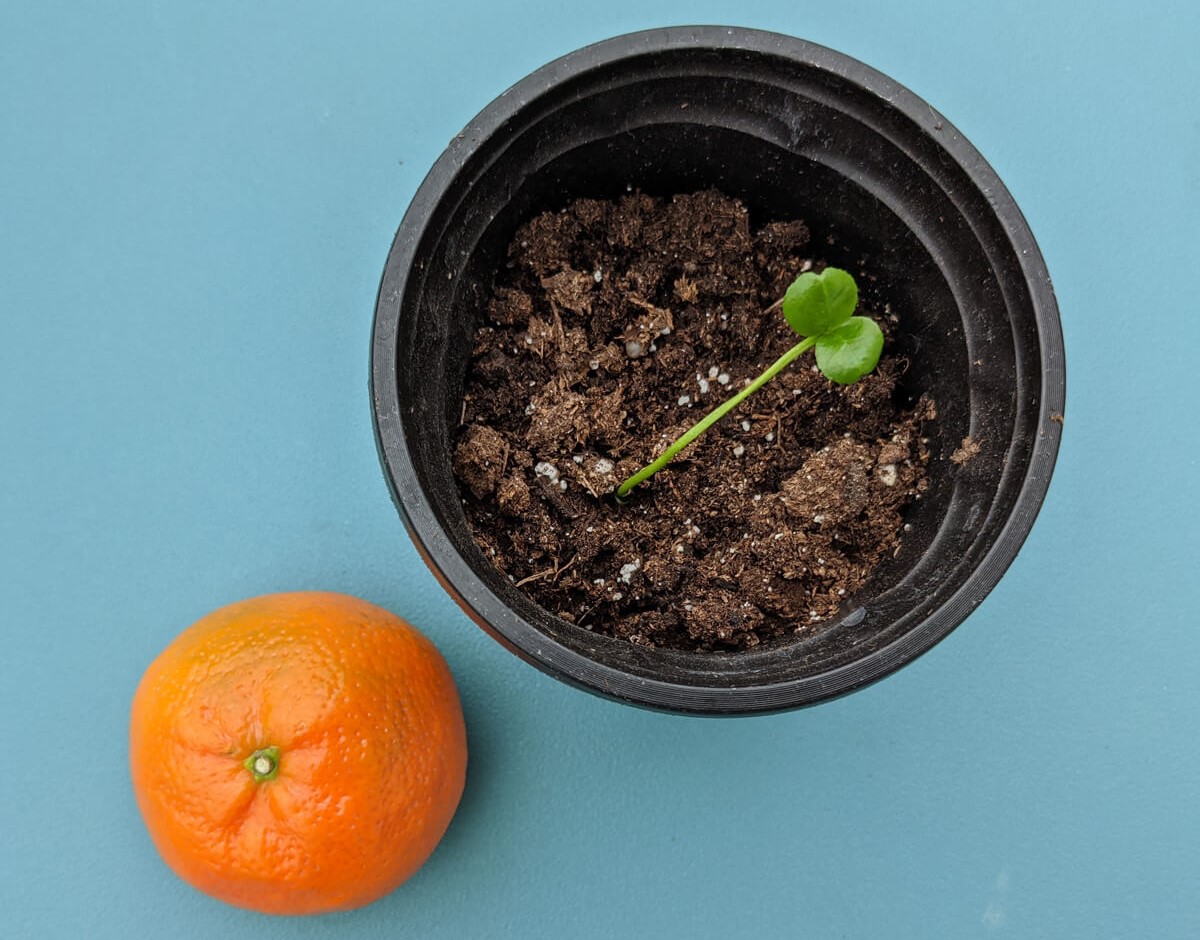
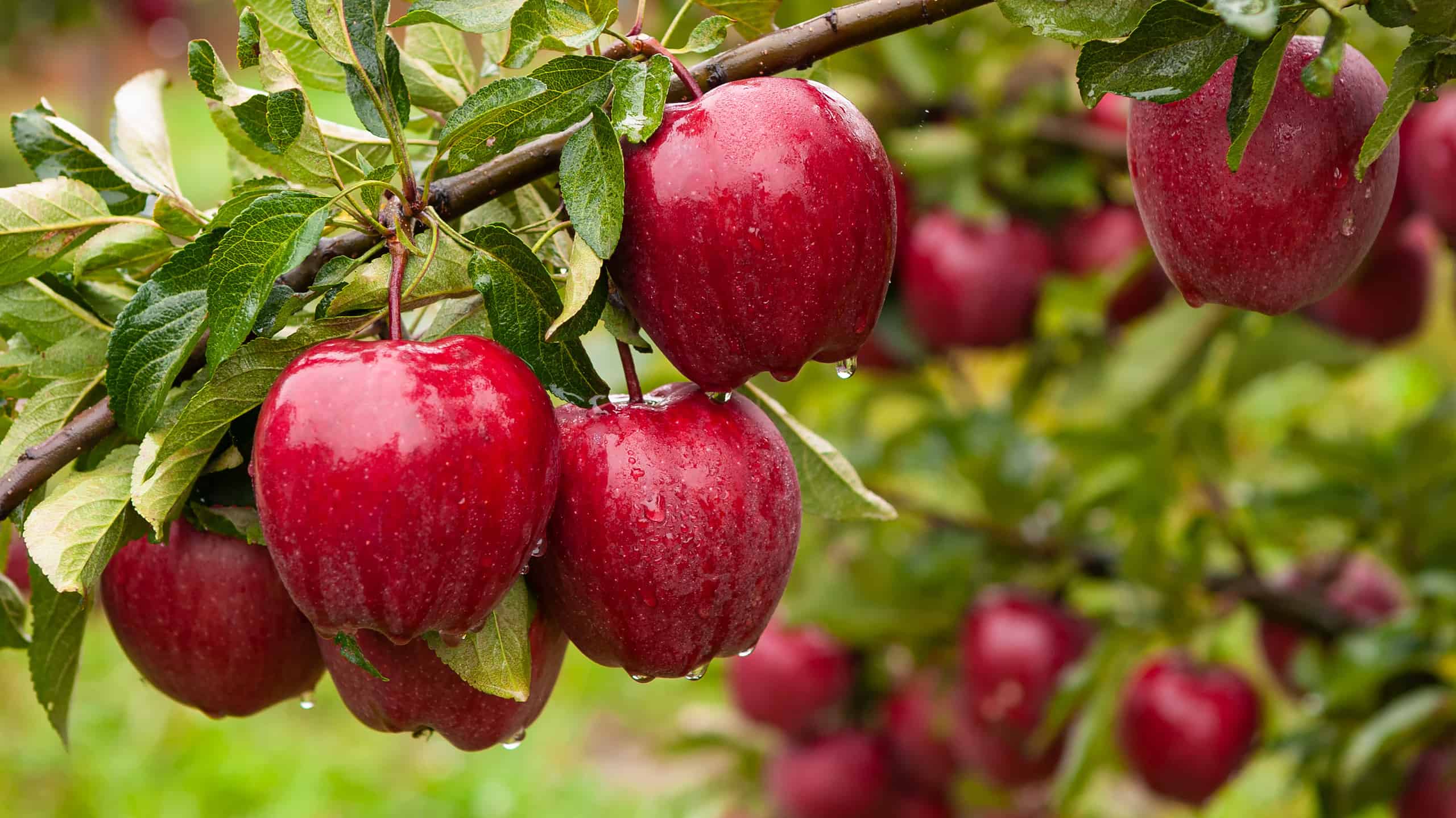
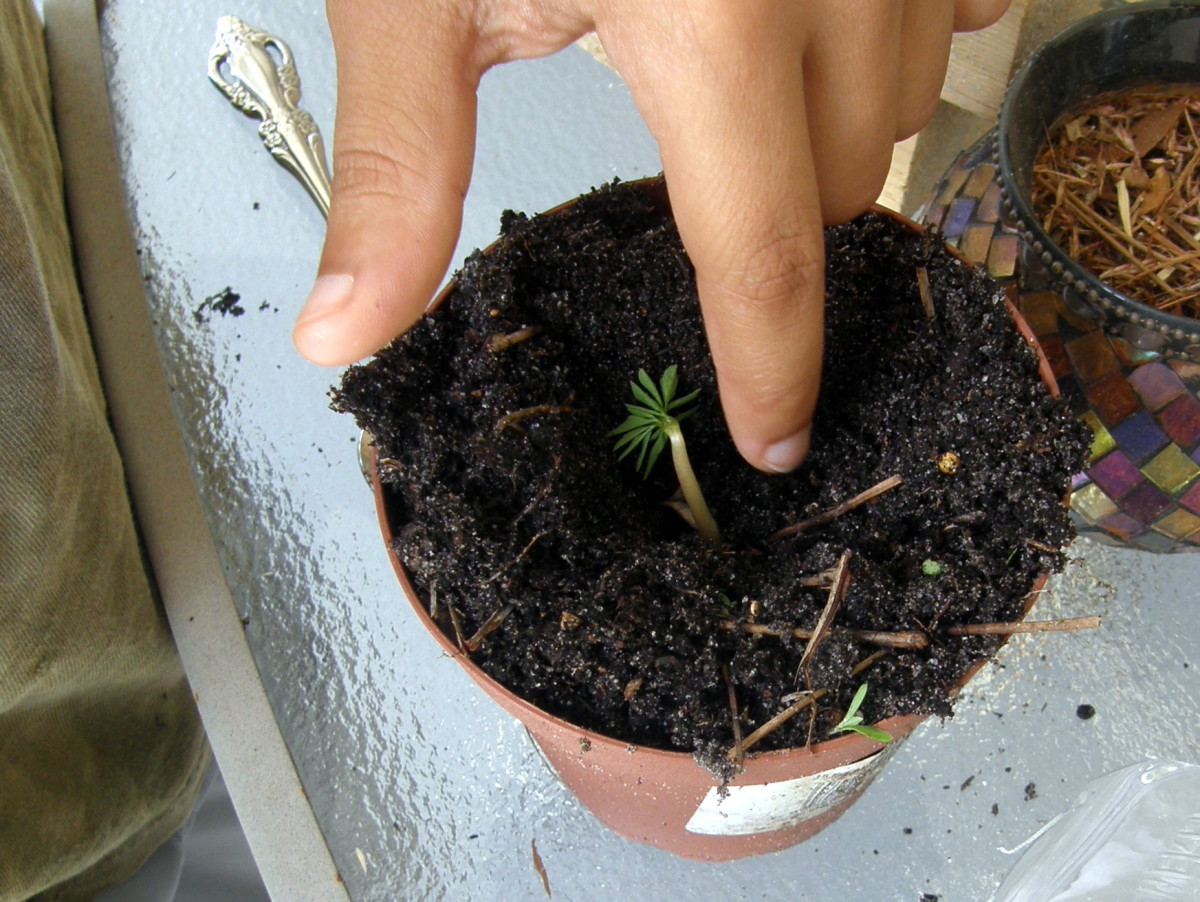
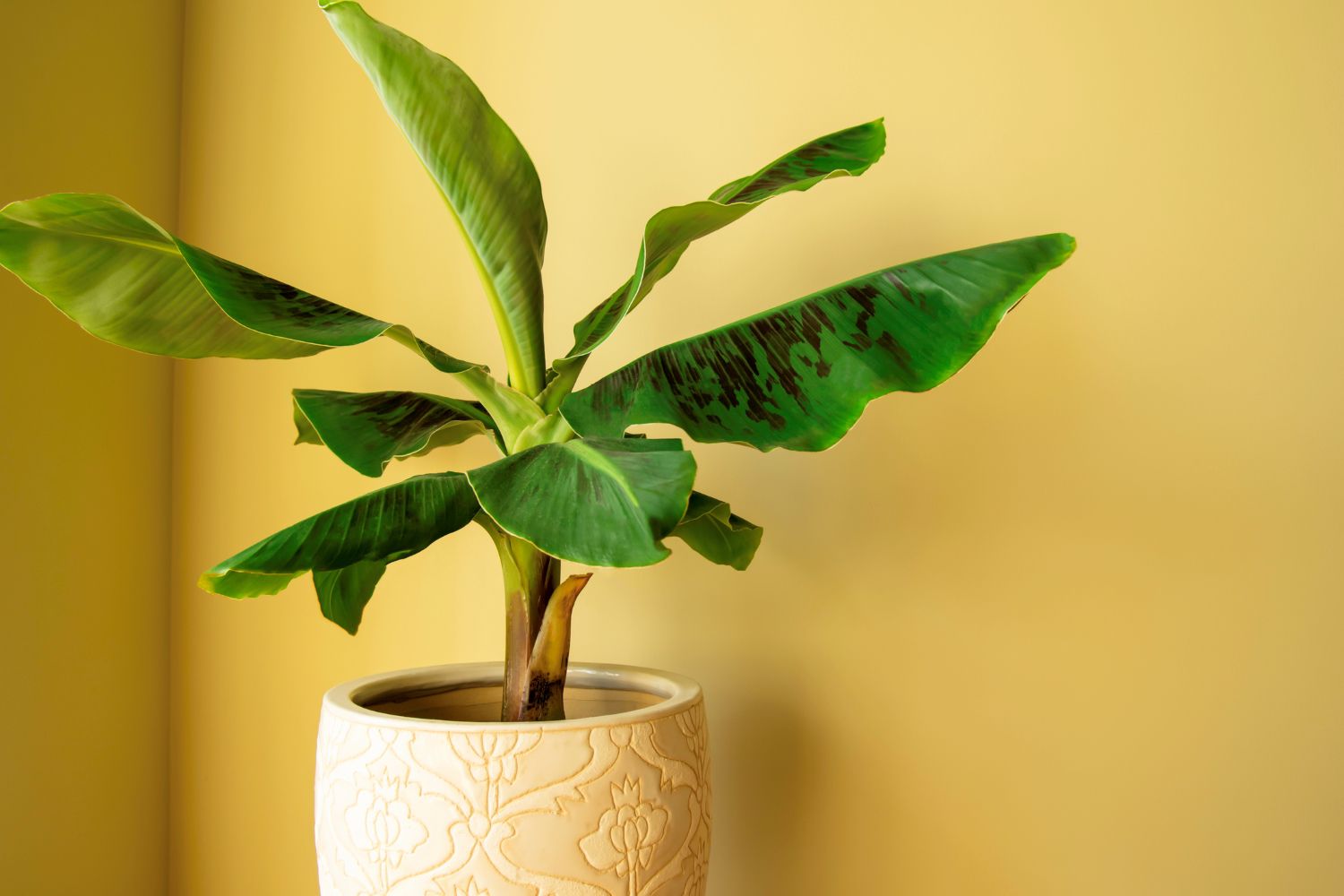
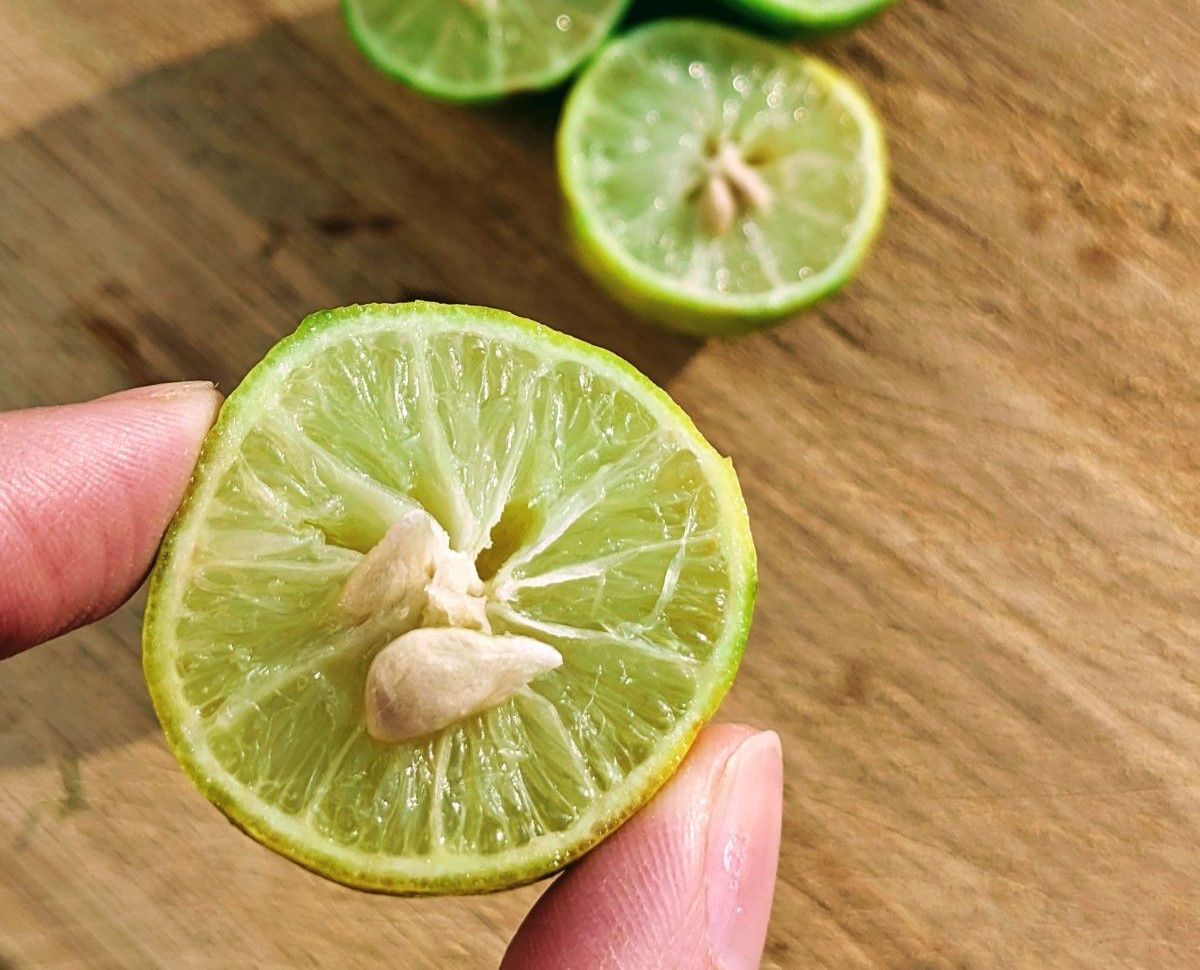
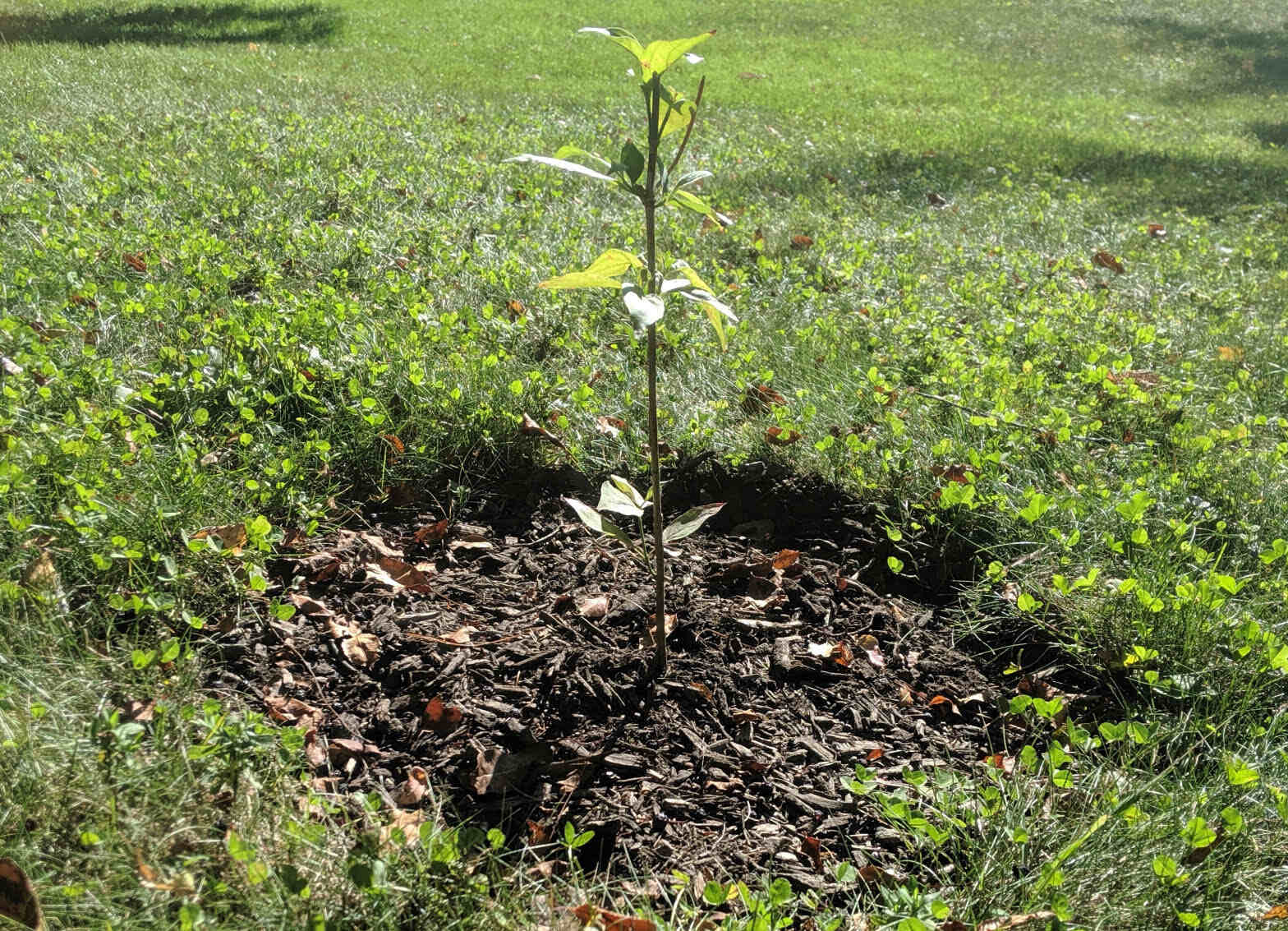

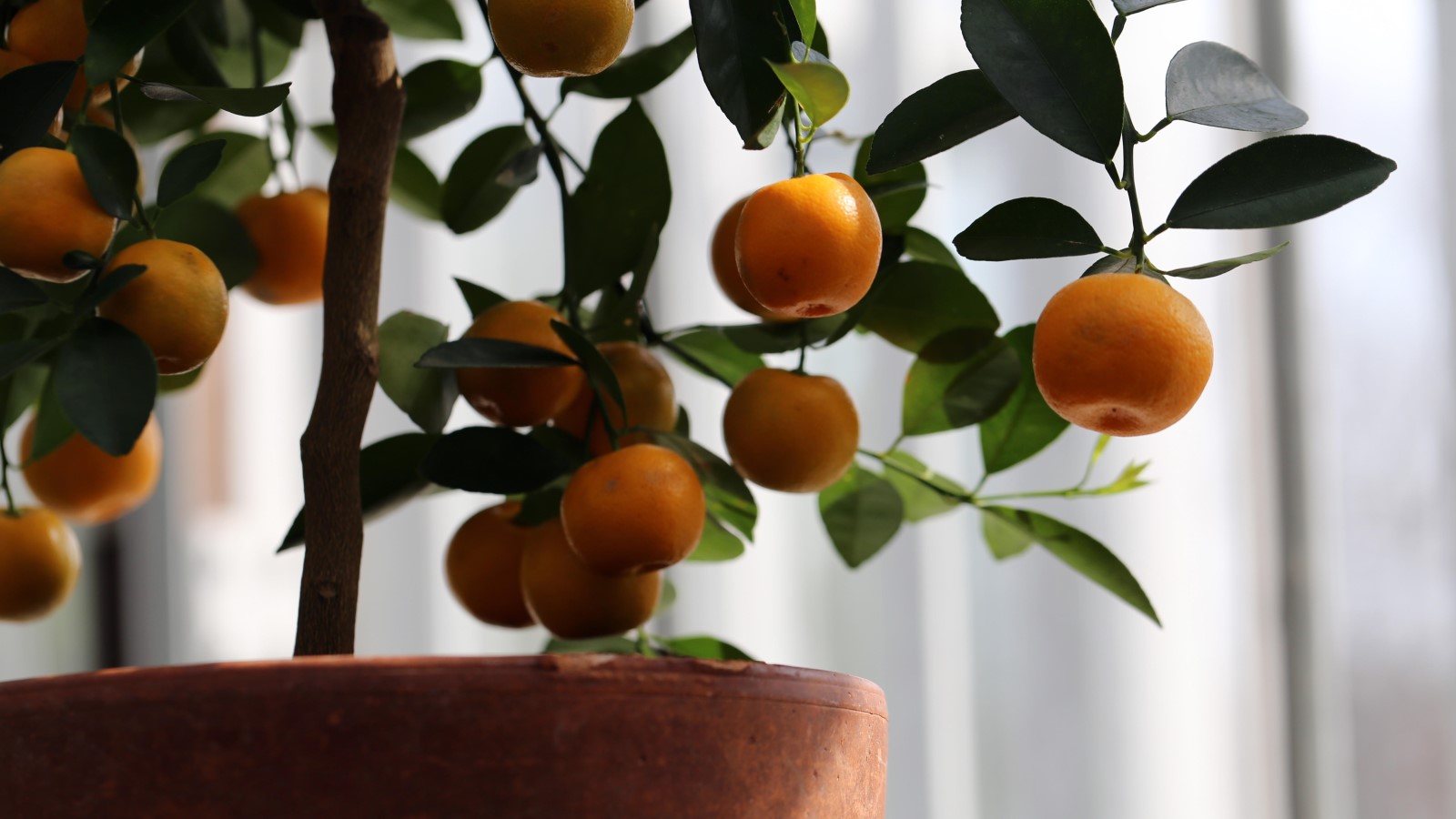
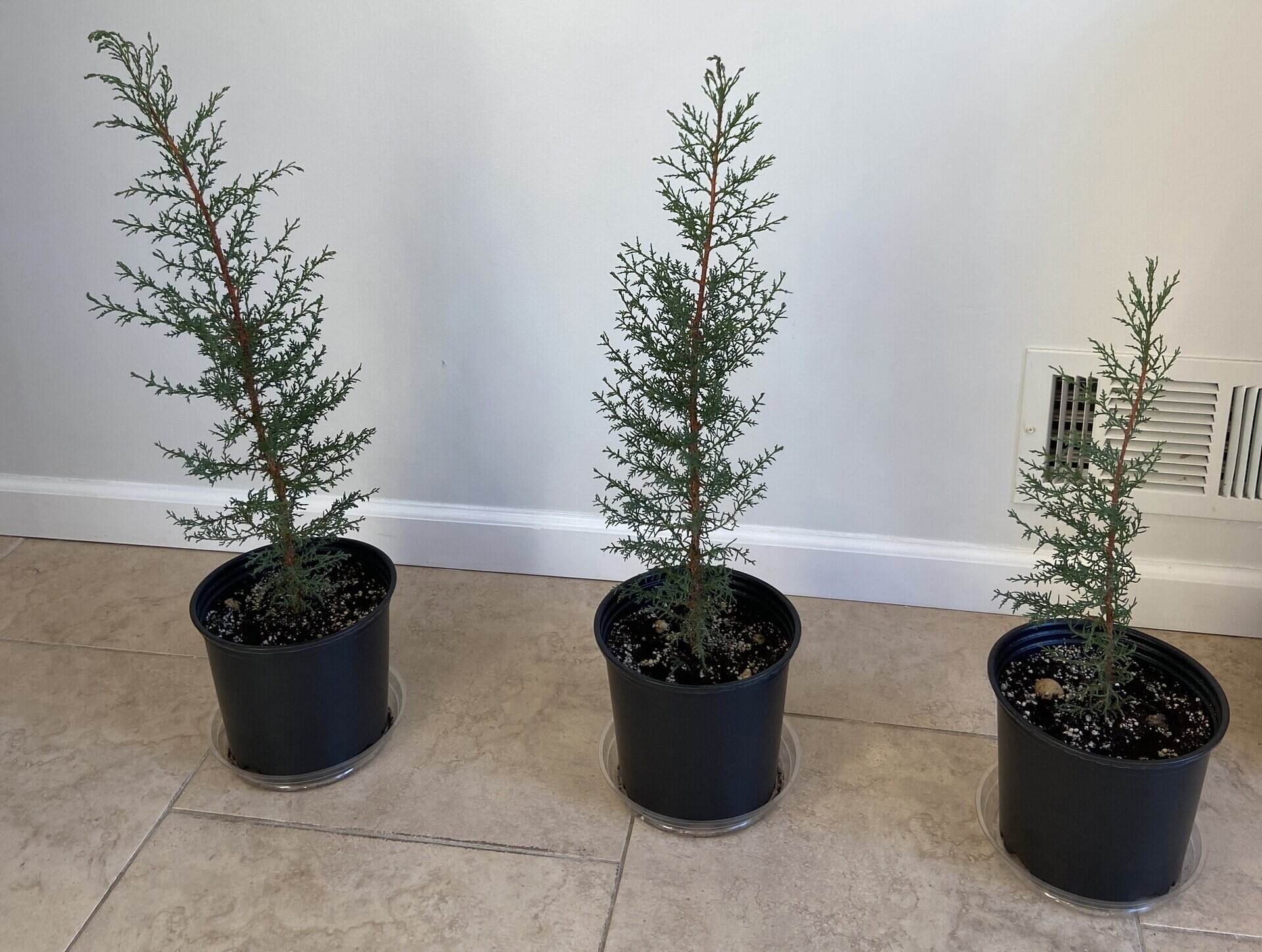
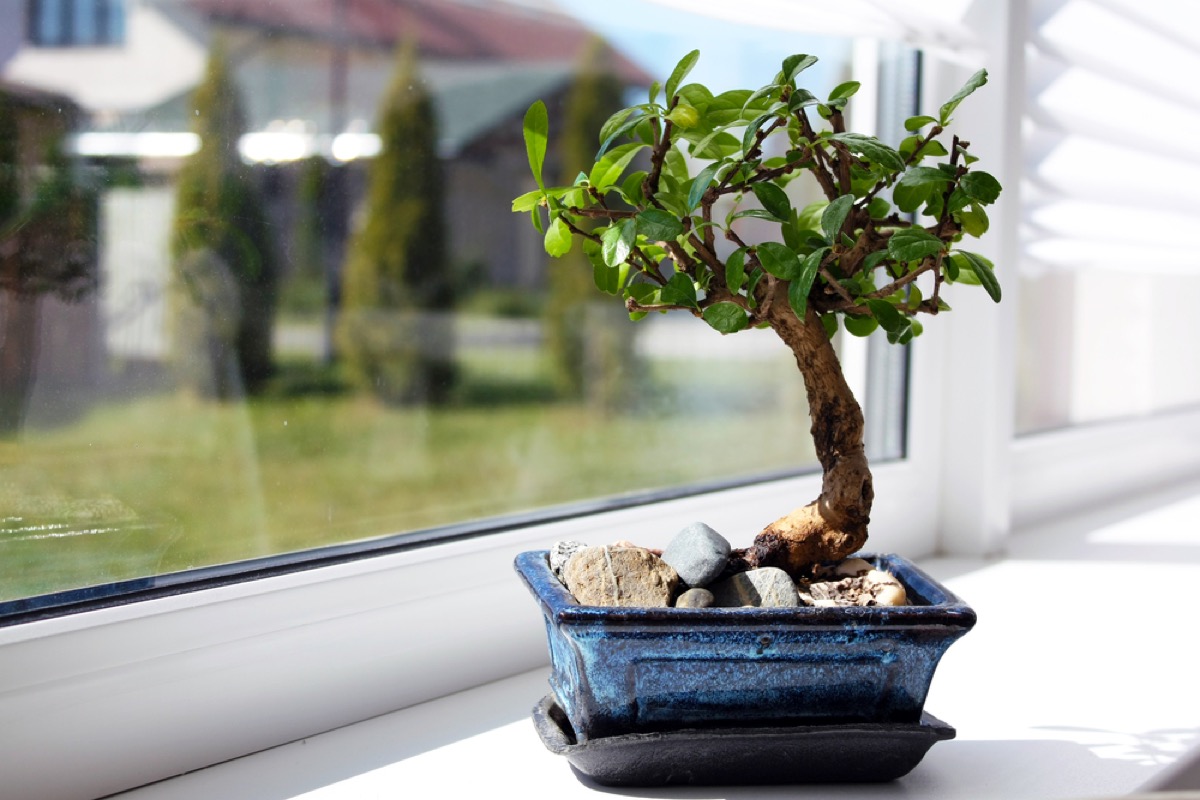
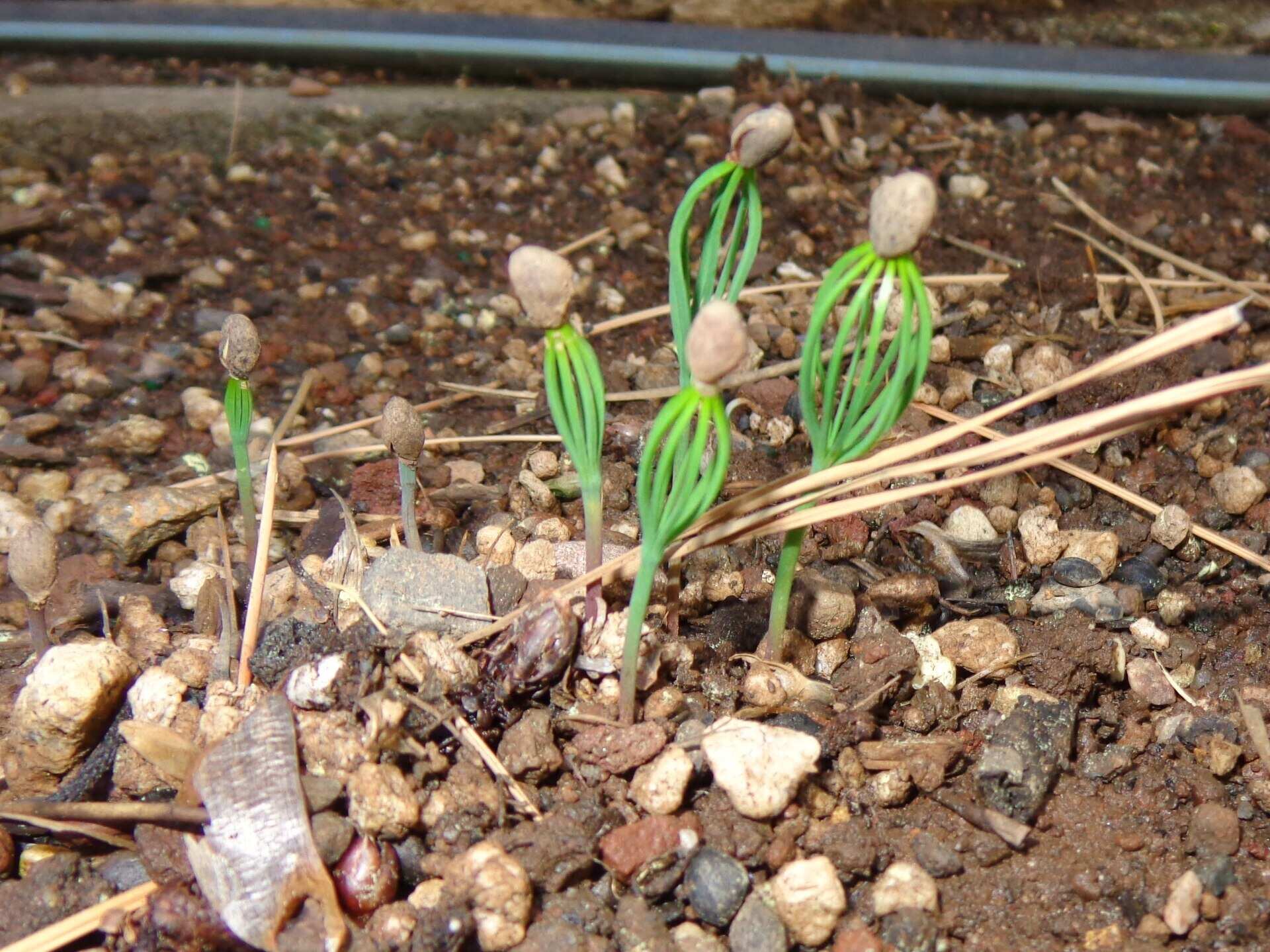
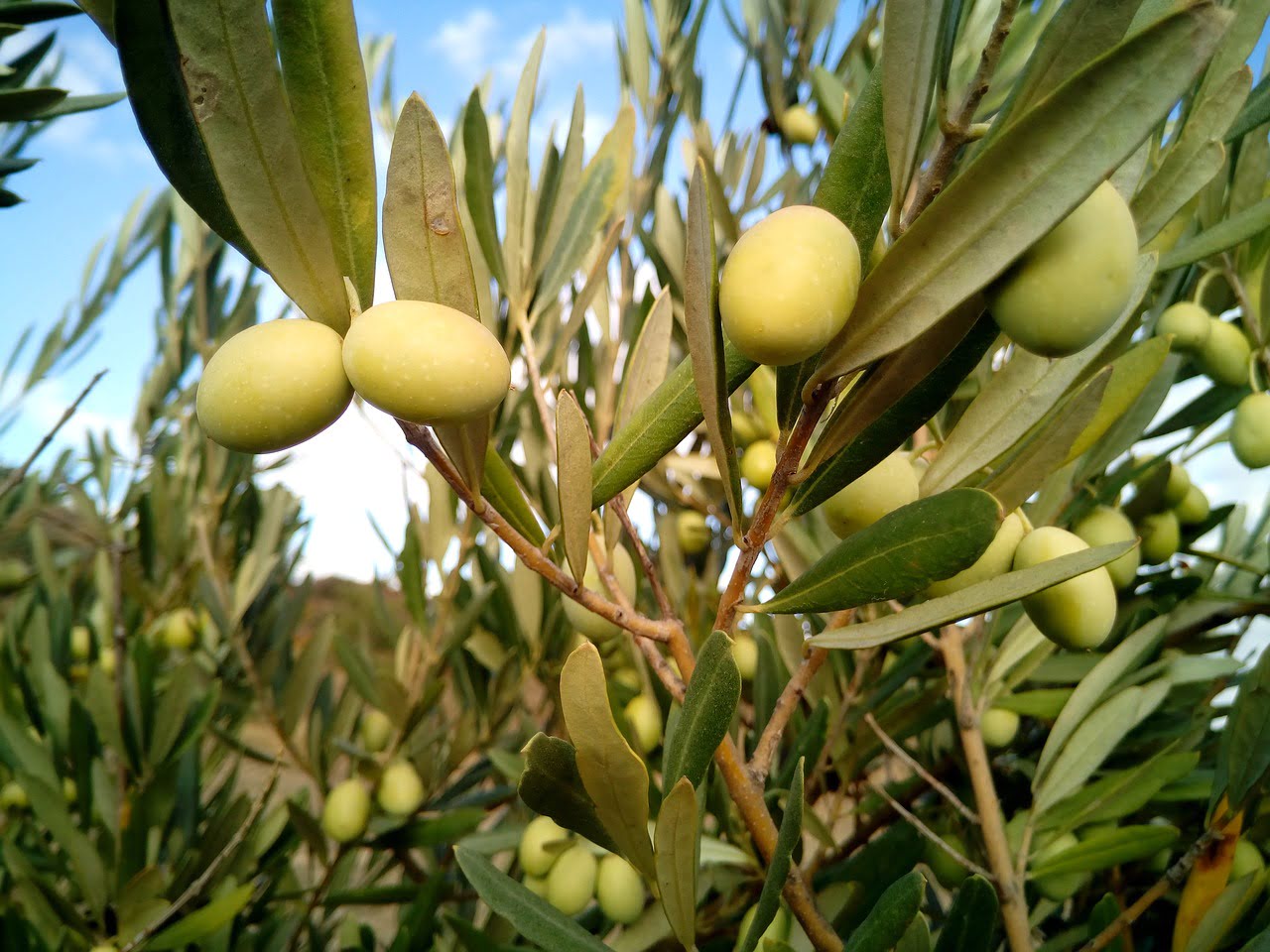
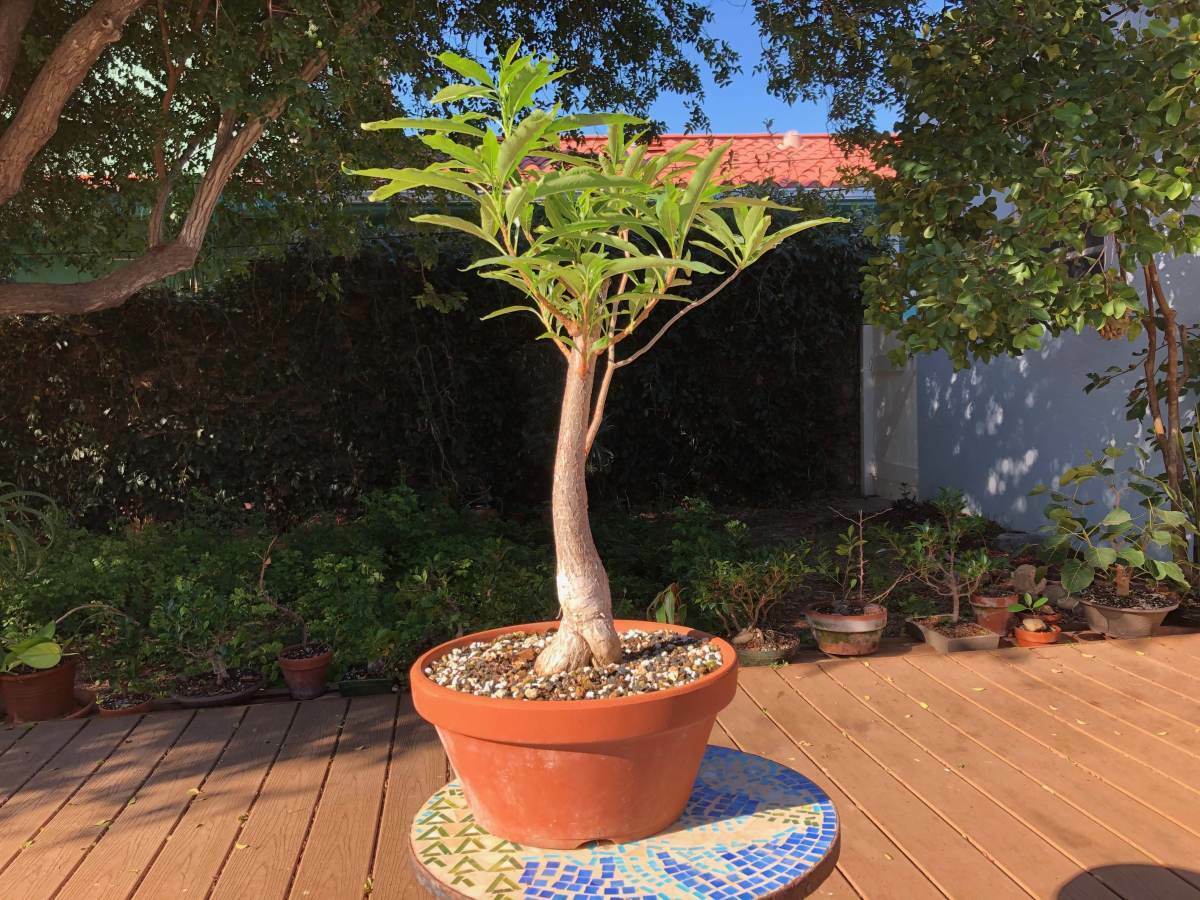
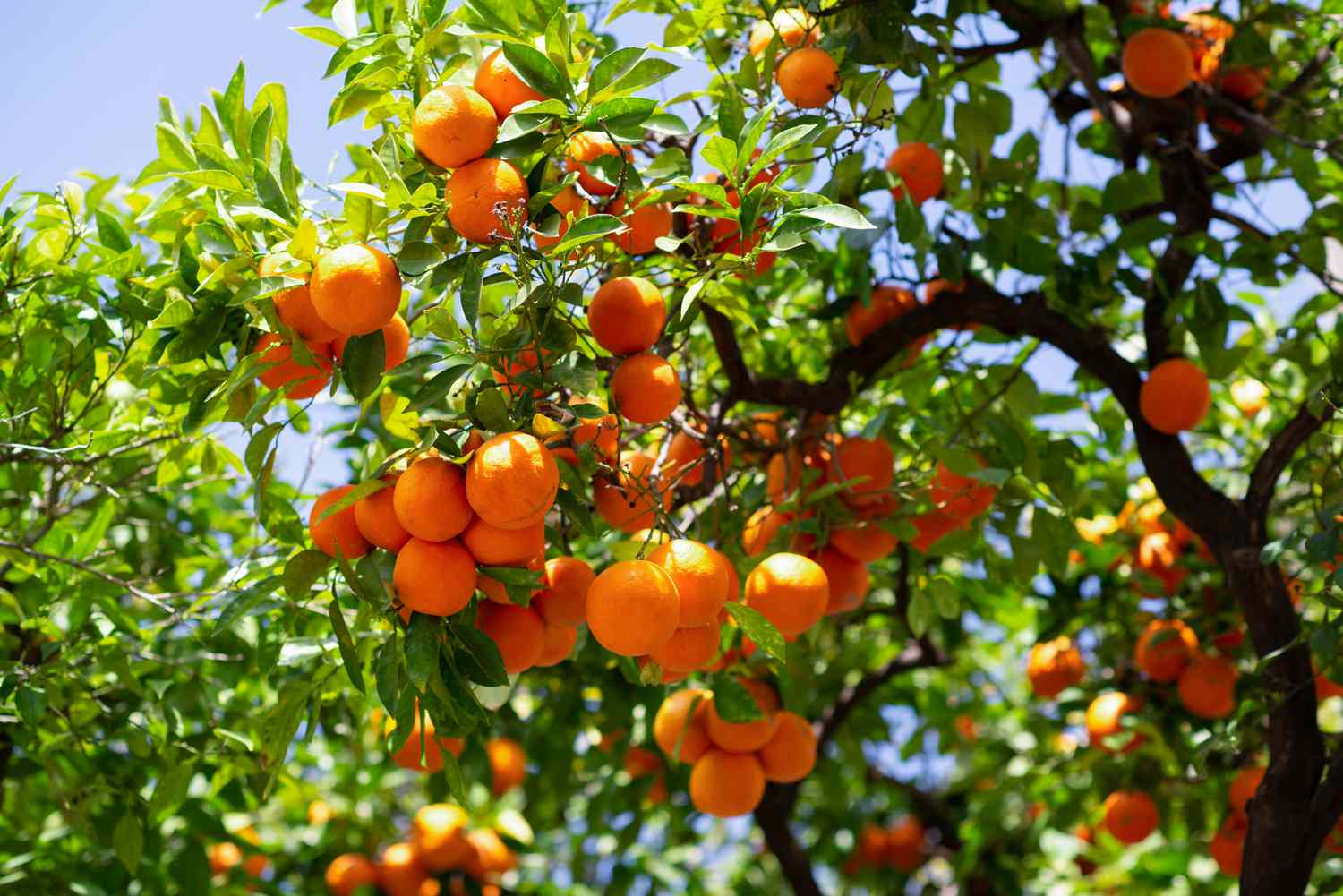

0 thoughts on “How To Grow A Tree From A Seed”